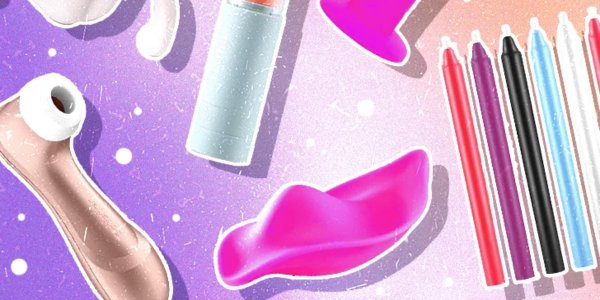ABS Plastic
ABS Plastic: Simple Definition
ABS plastic is a strong, lightweight plastic made from acrylonitrile, butadiene, and styrene. It is commonly used in toys, electronics, and household products because it is durable, easy to mold, and resistant to impact.
How Does It Work?
-
Durability: Holds up well against drops and scratches.
-
Versatility: Can be molded into many shapes for toys and products.
-
Safety: Generally considered safe if free from harmful additives.
Why Does It Matter?
ABS plastic is one of the most common materials for everyday items. For sexual health products, knowing whether ABS or silicone is used helps buyers understand safety, durability, and comfort.
FAQ
1. Is ABS plastic safe in toys?
Yes, ABS plastic is safe when properly manufactured. It’s non-toxic, strong, and commonly used in children’s toys like LEGO bricks.
2. Is ABS better than silicone?
ABS is harder and more durable, while silicone is softer and body-safe. For intimate products, silicone is usually preferred for comfort and safety.
3. What is the difference between ABS and PVC toys?
ABS is rigid and impact-resistant, while PVC is more flexible but can contain harmful additives. ABS is generally safer and more stable.
4. Is ABS plastic good or bad?
ABS is good for durability and safety in toys. It becomes a concern only if low-quality or recycled ABS with toxins is used.
5. How to tell if a toy is toxic?
Check for safety certifications, strong chemical odors, or missing labels. Reputable brands list materials clearly to ensure non-toxic products.
6. What are the disadvantages of ABS plastic?
Disadvantages include poor resistance to UV light, sensitivity to high heat, and less comfort compared to softer materials like silicone.
7. Does ABS plastic break easily?
No, ABS is impact-resistant and does not break easily. However, extreme pressure, heat, or prolonged use may cause cracks over time.
















